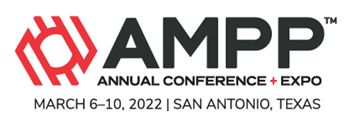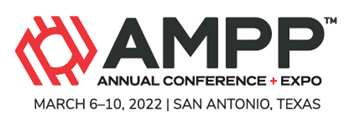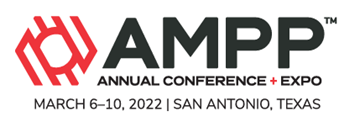Search
Products tagged with '2022 conference papers'
View as
Sort by
Display
per page
Conditioning Of Steel Surfaces With Various Abrasive Blast Media And Effect On Coating Performance
Product Number:
51322-17888-SG
Publication Date:
2022
$20.00
Conducting Precast Concrete Cylinder Pipe Condition Assessment By Matching Corrosion Damage Mechanisms To Diagnostic Methods
Product Number:
51322-18234-SG
Publication Date:
2022
$20.00
Continuous Corrosion Monitoring In HF Alkylation Units Including The Effects Of Iron Fluoride Scale Build-Up
Product Number:
51322-17489-SG
Publication Date:
2022
$20.00
Converting Hydroprocessing Equipment To Produce Renewable Diesel From Soybean And Corn Oil: Corrosion And Materials Considerations
Product Number:
51322-17989-SG
Publication Date:
2022
$20.00
Correlating Qualitative Surface Profile Assessment Methods To Quantitative Methodology On Prepared Concrete
Product Number:
51322-17606-SG
Publication Date:
2022
$20.00
Corrosion And Corrosion Protection Of Water Wells
Product Number:
51322-17631-SG
Publication Date:
2022
$20.00
Corrosion And Stress Corrosion Cracking Behavior Of Super 13Cr Martensite Stainless Steel In CO2-Saturated High Temperature And High Pressure (HT/HP) Downhole Environments
Product Number:
51322-17559-SG
Publication Date:
2022
$20.00
Corrosion Behavior Of Stainless Steel Food Processing Equipment In Low Ph Environments
Product Number:
51322-17783-SG
Publication Date:
2022
$20.00
Corrosion Characterization And Performance Evaluation Of Co-Cr Alloys By Laser Powder Bed Fusion And Suitability Of Their Use For Pressure Containing Down-Hole Wear Components
Product Number:
51322-17580-SG
Publication Date:
2022
$20.00
Corrosion Condition Assessment Program For Marine Asset Management
Product Number:
51322-17750-SG
Publication Date:
2022
$20.00
Corrosion Control In Water Injection Pipelines
Product Number:
51322-17692-SG
Publication Date:
2022
$20.00
Corrosion Fatigue Of X80 Weld In Mild Sour Environment
Product Number:
51322-17778-SG
Publication Date:
2022
$20.00












